Tennis Elbow Treatment
A non-invasive, naturally regenerative elbow pain treatment without surgery.
We have 60 Years of Combined Experience & Over 30,000 Procedures Performed
What Causes Tennis Elbow?
Like most things requiring any sort of diagnosis, overuse or strenuous activity is the leading cause of tennis elbow. Heavily-repeated contractions of the forearm’s hinge joint can cause major tissue stress and even torn tendons.
It is not abnormal for tennis elbow to also be caused by hitting your elbow, but it is a bit less likely since the elbow is particularly sensitive and we are rarely in the position or angle to knock it that hard at one time.
Symptoms
Tennis elbow is relatively self-diagnosed as you could easily notice the burning or striking pain on the outside of your elbow, or when normal, everyday things like opening a jar are unusually uncomfortable. Other symptoms may include swelling, stiffness and tenderness around the elbow either when still or upon movement.
Get a non-invasive treatment
For the different types of elbow pain, you have about the same number of options for a treatment, but not all of them will actually work. For instance, surgery was shown to be as ineffective as placebo while steroids and physical therapy were not much better. As an alternative, stem cell and platelet therapies target the problem areas the most accurately and are able to fully regenerate your damaged cells without invasive surgery.
Stem Cell Therapy Explained
Stem cells are the next frontier in medical advancement, but what exactly are they and how do they work? Essentially, stem cells are the building blocks of the body and work to regenerate other types of cells in the area to which they are transplanted.
Stem cells act as the “source” of your new, specialized cells, which can quickly adapt to an injury or natural wear-and-tear. Regardless of the 7 main types of cells in your body, your stem cells can become either one of these cells when necessary and once they do, they reach full maturity and function of the desired cell type.
How Does It Work?
- Stem Cell Extraction
- Concentration and Activation
- Stem Cells Transplanted to Problem Area
- The Cells Reduce Pain

PRP Therapy Explained
Platelet Rich Plasma is astoundingly simple in concept; your doctor or medical technician inject a laboratory made concentration that is created from your own blood. That is right, your own blood. Essentially, PRP is a specialized healing plasma.
The benefits of Platelet Rich Plasma will have you feeling completely revitalized, as it is your own natural plasma, which has had the most platelet-dense part of your blood, added back into it. The result is a highly-charged infusion of plasma with a particularly high content of platelets.
How Does It Work?
- Take a Blood Sample
- Separate Blood into Various Components
- Removes Platelets and Stem Cells
- Platelets Injected into Injured Area
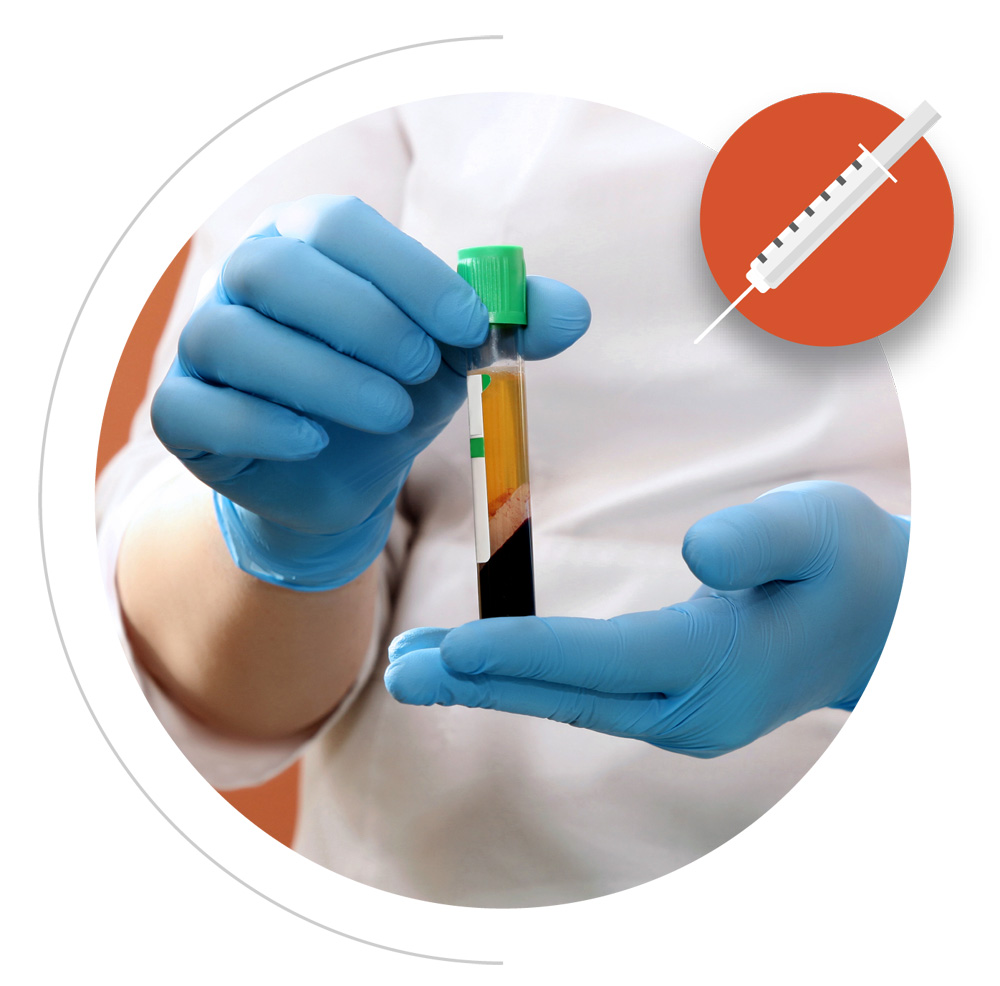
Doctor Examination + Tests
Again, everyday things like picking up a cup of coffee become painful with a damaged elbow, so doctors will actually test this on your initial visit; aptly named the ‘Coffee Cup Test’ the purpose is to evaluate your level of pain while doing a simple, non strenuous activity. Similarly, you may be asked to pick up a chair or a milk carton, and your doctor may perform a simple physical examination for tenderness, swelling and lack of motion if some areas become too painful to move.
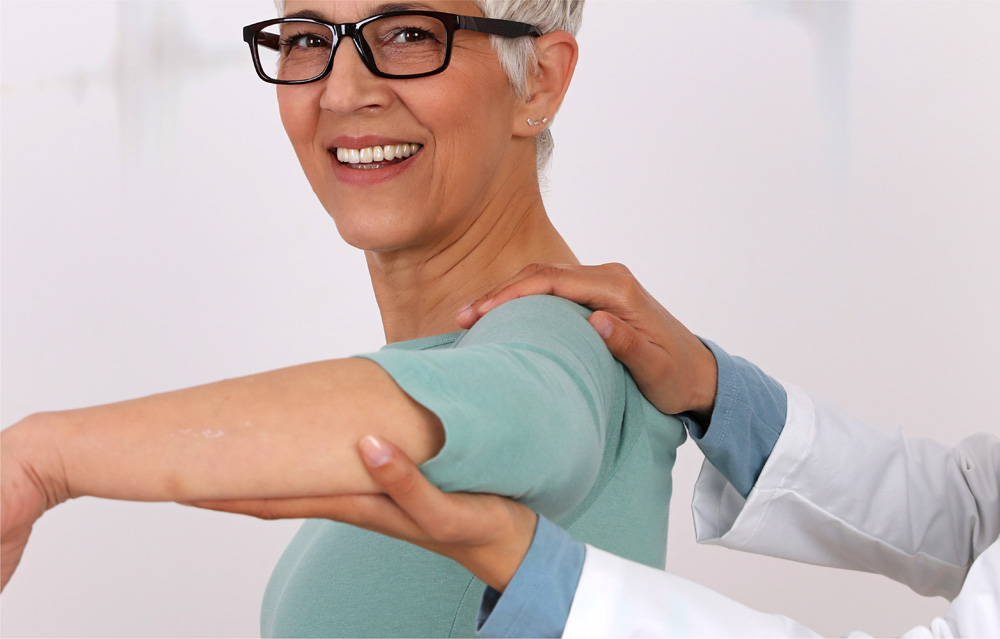

Preparing for your appointment
To prepare for your appointment or exam, avoid any strenuous activity or anything that will increase your pain, assess mobility in your wrist, fingers and forearms or take some ibuprofen should the pain be less than bearable. However, you will be advised to stop taking anti-inflammatory meds after your procedure and continue to keep your cells and tendons away from stress. Before scheduling your appointment, discuss with one of our physicians about which treatment is right for you and drink plenty of water before and after your procedure.
Rehabilitation
Even for athletes, you can expect a full recovery from your treatment within 4-6 weeks. As the least invasive option for your tennis elbow, very little is needed outside of the injection of stem cells and giving them time to rebuild.
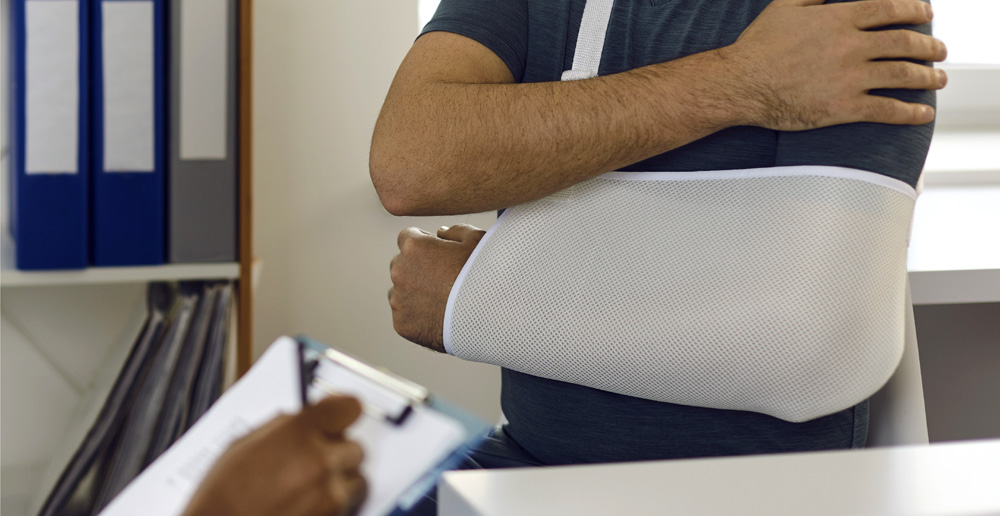
Patient Success Stories
Stem Cell Therapy for Lower back, Hip, and both knees
“I am pain-free. I could resume activities that I wasn’t
able to do for a while and I never dreamed I could get to that level
again.” – Julie Ingleston
Bob’s Knee, Hip, and Shoulder Stem Procedure
“My injections were done about 3 years ago and I found no reversal of the improvement, the pain continues to be gone.” – Bob Kendzior
Knee Stem Cell Procedure
“Running 40 miles on my 40th birthday after destroying my knee is a huge blessing for me.” – Brian Plaster
Shoulder PRP Therapy | Former UFC Competitor
“Dr. Otten extended my career for about 4-5 year.” – Evan Dunham
What REAL People Are Saying About Us Online
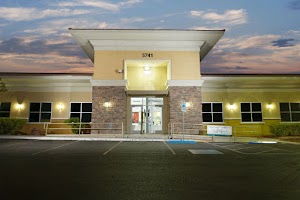
"I am pleased to recommend Ashley Bick, also known as Ashley Bruw, as an exceptional nurse at Cell Therapy Clinic in Las Vegas. I have had the pleasure of working with Ashley and can attest to her dedication, professionalism and excellence in patient care.
Ashley possesses a unique combination of clinical and communication skills that make her a valuable asset to any healthcare team. Her ability to provide personalized and compassionate care to patients is truly impressive.
"I feel fortunate to have worked with Ashley and recommend her without reservation as a high-quality nurse and a valuable asset to any healthcare organization."
Outstanding customer service. Pleasant presentation of all the surgical process and a lovely person.
After my exam, Tracie Cellaxys Patient Coordinator walked me through the scheduling , followup and payment process.
Well, for the first time in my life, I had a major joint injury: a grade 2 sprain of my anterior talofibular (ankle ligament)
Let me tell you, I cannot believe the results to this day, I did PRP with HGH into the most injured part of my ankle, 4 total injection sites, and within that 48 hours of hopping around I became pain-free and stable on my ankle, no issues since
Dr Justin d Andrea supper nice and explained everything to my cuestions thank you so much
Great customer service! The Doctors and nurses are super attentive to your needs! They take time to make sure you understand the process and everything that will take place!! So excited for the full results. I have already felt great relief in my knees! I am able to sleep pain free!!
Thank you!!!
But in the end, the disc degeneration, disc bulges, and facet arthritis are still there and need extra treatment. I finally decided to proceed with PRP injected into my lumbar spine and I can't even describe how happy I am with the results!! I did not have any sedation during the procedure, had about 10-15 minutes of "pressure" in my low back after the procedure, and maybe a little bit of discomfort that evening. But I have not had any back back since the morning after and am absolutely amazed at how much my activities and quality of life improved!!
I respect Dr Mohajer, Dr Bady, and Dr Justin very much and am very appreciative of their knowledge and skills. Chastity, the front desk lady, is always so pleasant and helpful. Ashley, the MA, is also very skilled and always very pleasant. I will definitely be continuing care with Cell Axys!
Positive that by the end, i won't need surgery!
Steve
Every step of the way he explained what was going on. I've had zero issues all the way through to the end. And now a year or more after I'm still doing well. It was well worth the money. The entire team is professional.
Meet the CELLAXYS Tennis Elbow Medical Staff
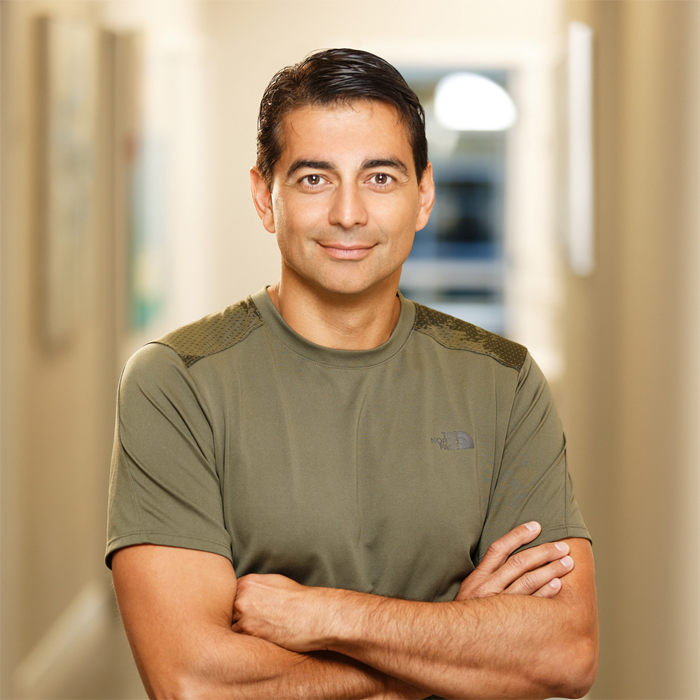
Dr. Pouya Mohajer
- Director of Regenerative Interventional Spine Medicine
- Board certification in Anesthesiology and Interventional Pain Medicine
- Fellowship-trained from Harvard University
- UCLA Alumni

Dr. Pejman Bady
- Medical Director
- Head of Emergency Medical Services
- Medical degree from Western University of Health Sciences
- USC Marshall School of Business
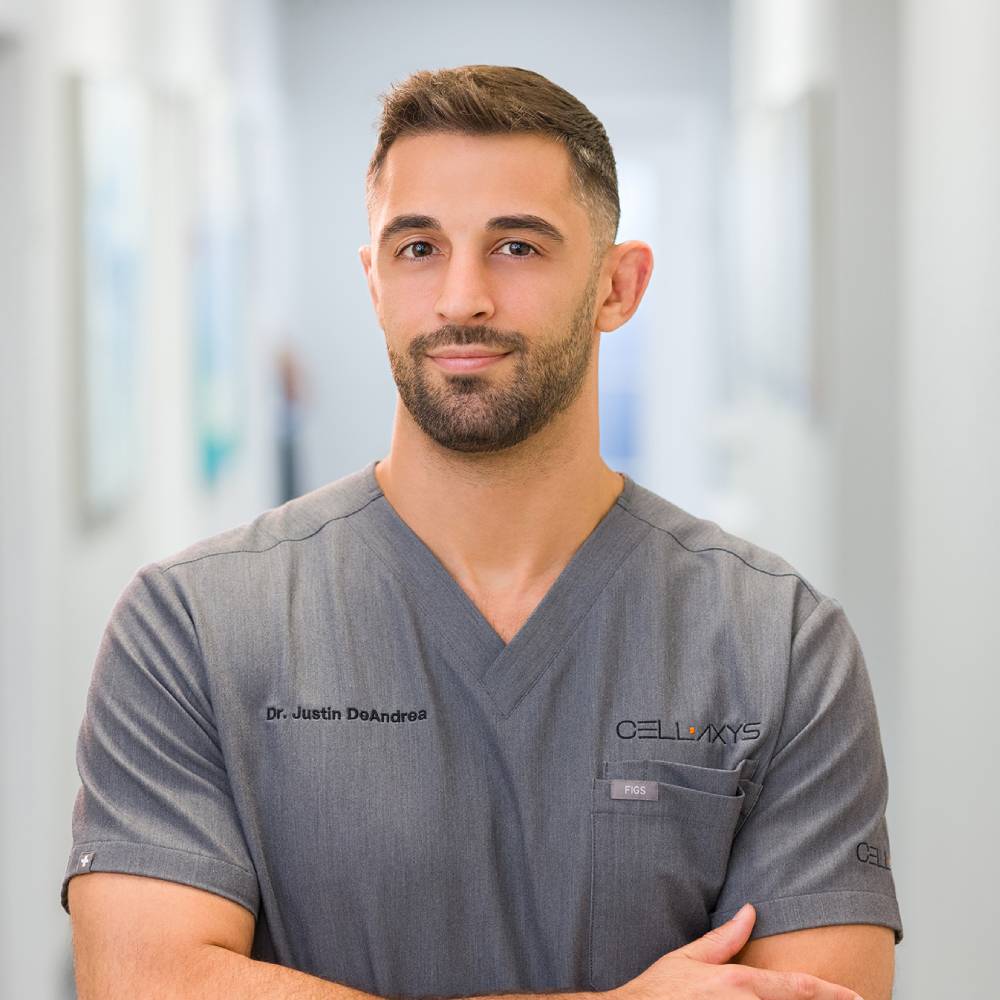
Dr. Justin DeAndrea
- Physical Medicine and Rehab trained specialist
- Medical degree from Howard University College of Medicine




